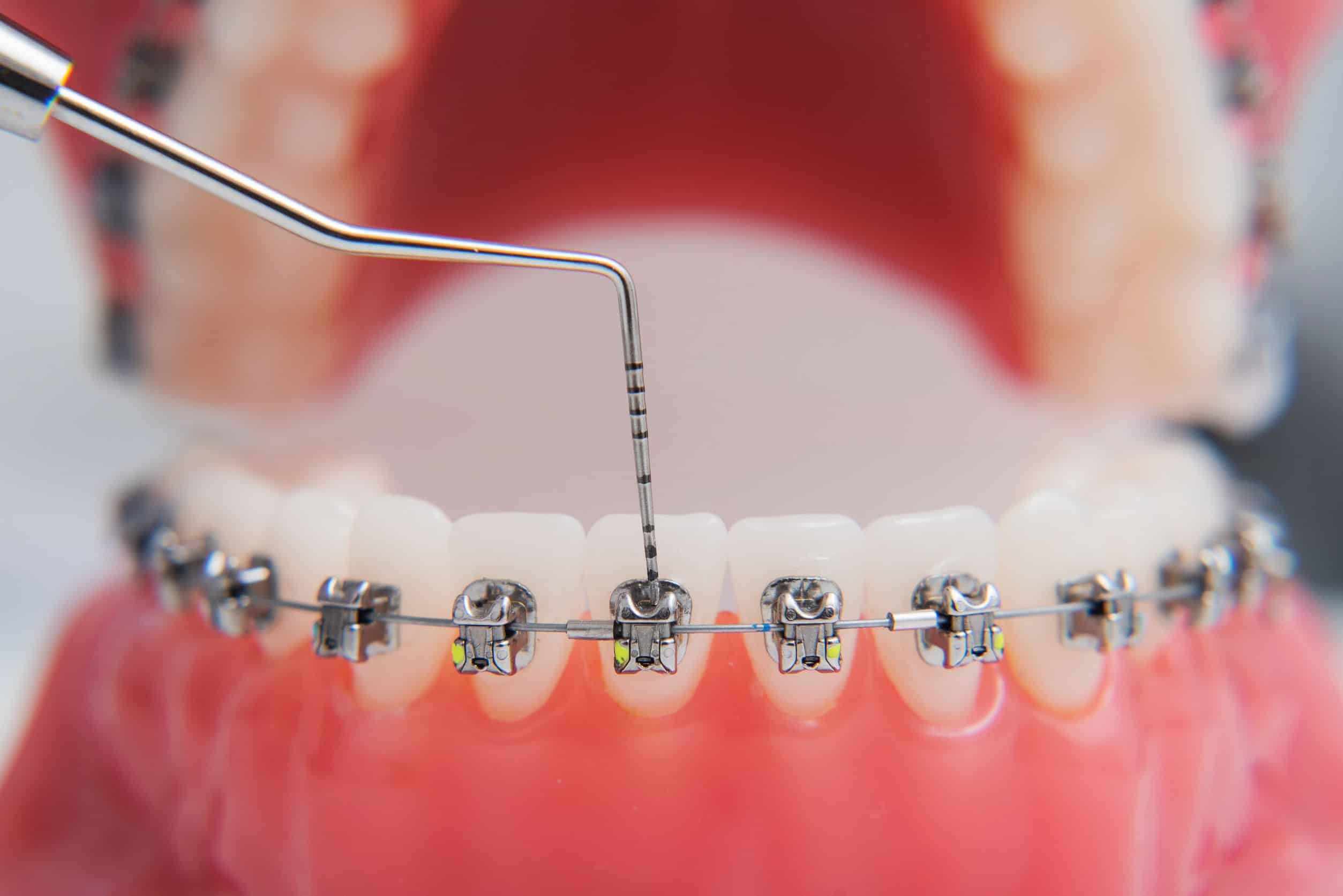The Of Legacy Orthodontics
The Of Legacy Orthodontics
Blog Article
What Does Legacy Orthodontics Do?
Table of Contents3 Simple Techniques For Legacy OrthodonticsLegacy Orthodontics Fundamentals ExplainedWhat Does Legacy Orthodontics Do?How Legacy Orthodontics can Save You Time, Stress, and Money.What Does Legacy Orthodontics Do?
In enhancement, we supply adjustable treatment timetables, versatile settlement alternatives and an enjoyable, pleasurable experience.An orthodontist is a dental practitioner educated to identify, protect against, and deal with teeth and jaw abnormalities. They deal with existing conditions and are trained to recognize problems that may establish in the future. Orthodontists collaborate with individuals of any ages, from kids to adults. People frequently associate an ideal smile with health.
Malocclusion, or misaligned teeth, can lead to oral problems, including dental cavity, periodontal disease, and difficult or painful eating. Not everyone is birthed with straight teeth. If you have a bad bite or huge areas between your teeth, you might want to seek advice from a dental professional focusing on orthodontic care.
About Legacy Orthodontics
( Photo Debt: DigitalVision/Getty Images) Orthodontists use fixed and detachable dental devices, like braces, retainers, and bands, to change the setting of teeth in your mouth. Orthodontic therapy is for oral irregularities, consisting of: Uneven teethBite problems, like an overbite or an underbiteCrowded teeth or teeth that are as well much apartJaw misalignmentThe goal of orthodontic therapy is to boost your bite.
A healthy bite ensures you can eat, eat, and speak correctly. While you may consider orthodontists as mostly for kids or teens that require dental braces, they can deal with oral troubles at any type of age. Orthodontists participate in college, oral college, and orthodontic institution. After graduation, they spend 2 or 3 years in an orthodontic residency program.
, yet not all dental professionals are orthodontists. They concentrate on 2 locations: How to effectively and safely move teeth Exactly how to correctly assist advancement in the teeth, jaw, and faceOnce an orthodontist has actually finished training, they have the option to come to be board certified.
The Best Strategy To Use For Legacy Orthodontics
Misalignment, or malocclusion, is the most common reason people see an orthodontist. It is hereditary and is the result of size distinctions in between the top and lower jaw or in between the jaw and teeth. Malocclusion causes tooth congestion, an askew jaw, or irregular bite patterns. Malocclusion is usually treated with: Your orthodontist attaches steel, ceramic, or plastic square bonds to your teeth.
If you have just minor malocclusion, you may have the ability to use clear dental braces, called aligners, rather than standard braces (https://www.cheaperseeker.com/u/legacyortho). Some individuals require a headwear to help move teeth into line with stress from outside the mouth. After braces or aligners, you'll need to use a retainer. A retainer is a custom-made device that maintains your teeth in location.
They're frequently utilized on youngsters. They can develop added area in the mouth without having to pull teeth. If you have a serious underbite or overbite, you might require orthognathic surgery (also called orthodontic surgery) to lengthen or reduce your jaw. Orthodontists make use of cords, surgical screws, or plates to support your jaw bone.
You may need to see an orthodontist if you have: Crowding or not enough room for every one websites of your teethOverbite, when your top teeth come by your bottom teethUnderbite, when your bottom teeth are also much forwardSpacing or concerns with gapsCrossbite, which is when your top teeth fit behind your base teeth when your mouth is closedOpen bite or an upright void in between your front bottom and upper teethMisplaced midline, when the center of your base and upper teeth don't align Correcting an oral malocclusion can: Make biting, chewing, and talking easierImprove the balance of our face and your overall appearanceEase discomfort from temporomandibular joint conditionsSeparate your teeth and make them simpler to cleanse, helping protect against dental caries or cavities It's often a dental professional that initially notifications misaligned teeth throughout a routine exam.
Facts About Legacy Orthodontics Uncovered

Throughout your very first orthodontic examination, you'll likely have: A dental examPhotos taken of your face and smileDental X-raysPanoramic (360 level) X-rays of your face and headImpressions to create molds of your teethThese examinations will help your orthodontist recognize exactly how to wage your treatment. leesburg braces. An orthodontist is a dental expert who's had training to treat your teeth and jaw
An orthodontist is concentrated on your bite, so something like a broken tooth would certainly be dealt with by a dental practitioner. Orthodontists are focused on your bite, or the way your teeth fit together, and the straightness of your teeth.
Ever before wondered how celebrities always seem to have flawlessly straightened teeth? The answer typically hinges on the skilled hands of an orthodontist. What precisely does an orthodontist do? Orthodontists are dental experts that concentrate on remedying abnormalities in the teeth and jaws. Their knowledge surpasses simply producing a beautiful smile; it reaches improving your overall oral health and wellness and feature.
The smart Trick of Legacy Orthodontics That Nobody is Discussing

, orthodontists have a diverse toolkit at their disposal. These reliable dental braces utilize a system of brackets bound to the teeth and linked by cables.
Clear aligners, like Invisalign, are a popular option for individuals looking for a more discreet therapy choice. These detachable trays are personalized to progressively shift the teeth's setting. Headgear may be utilized in combination with dental braces or aligners to use added targeted pressures, particularly for fixing jaw disparities. In situations of narrow jaws, palatal expanders can be utilized to create room for appropriate tooth alignment.
Report this page